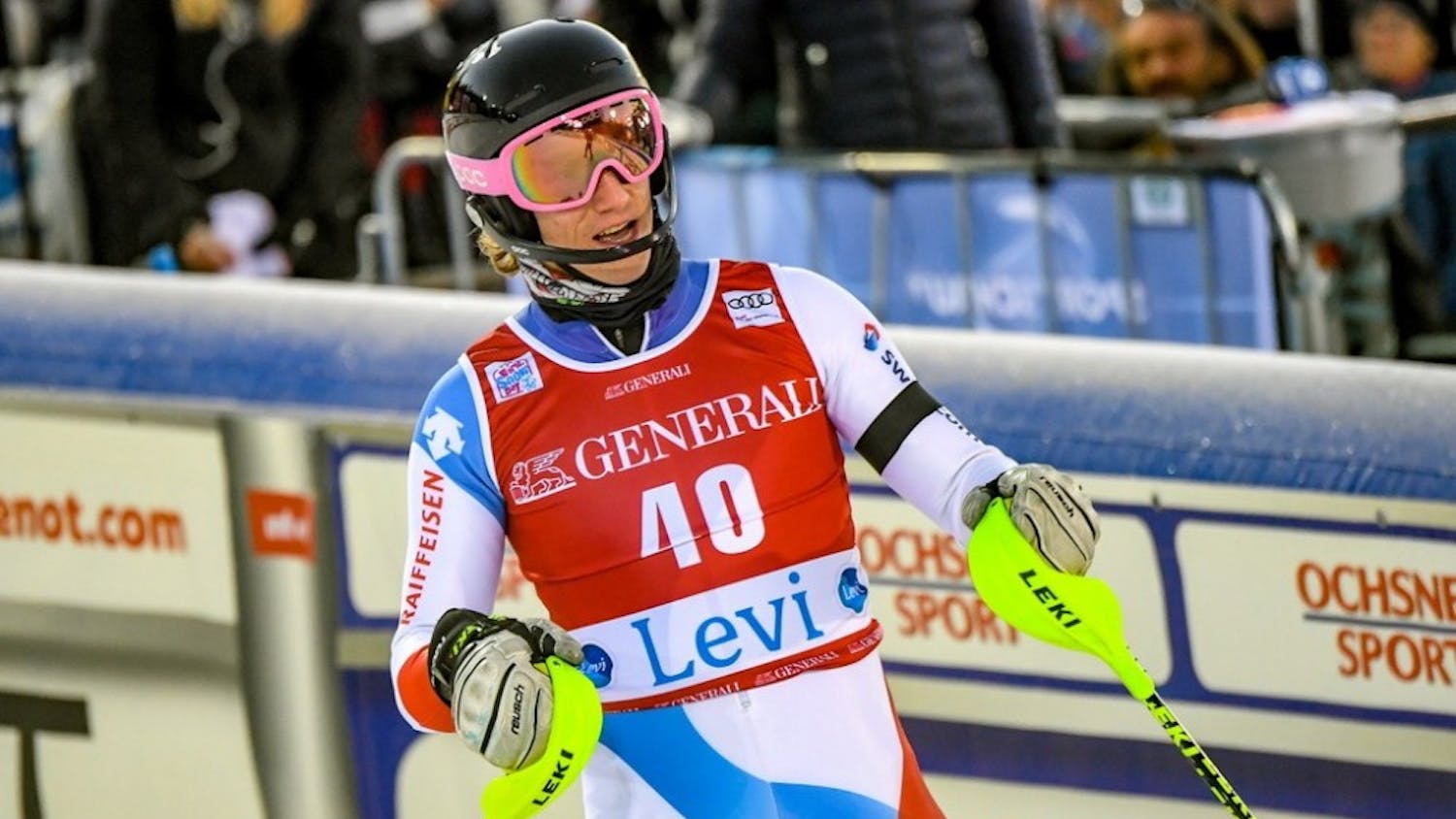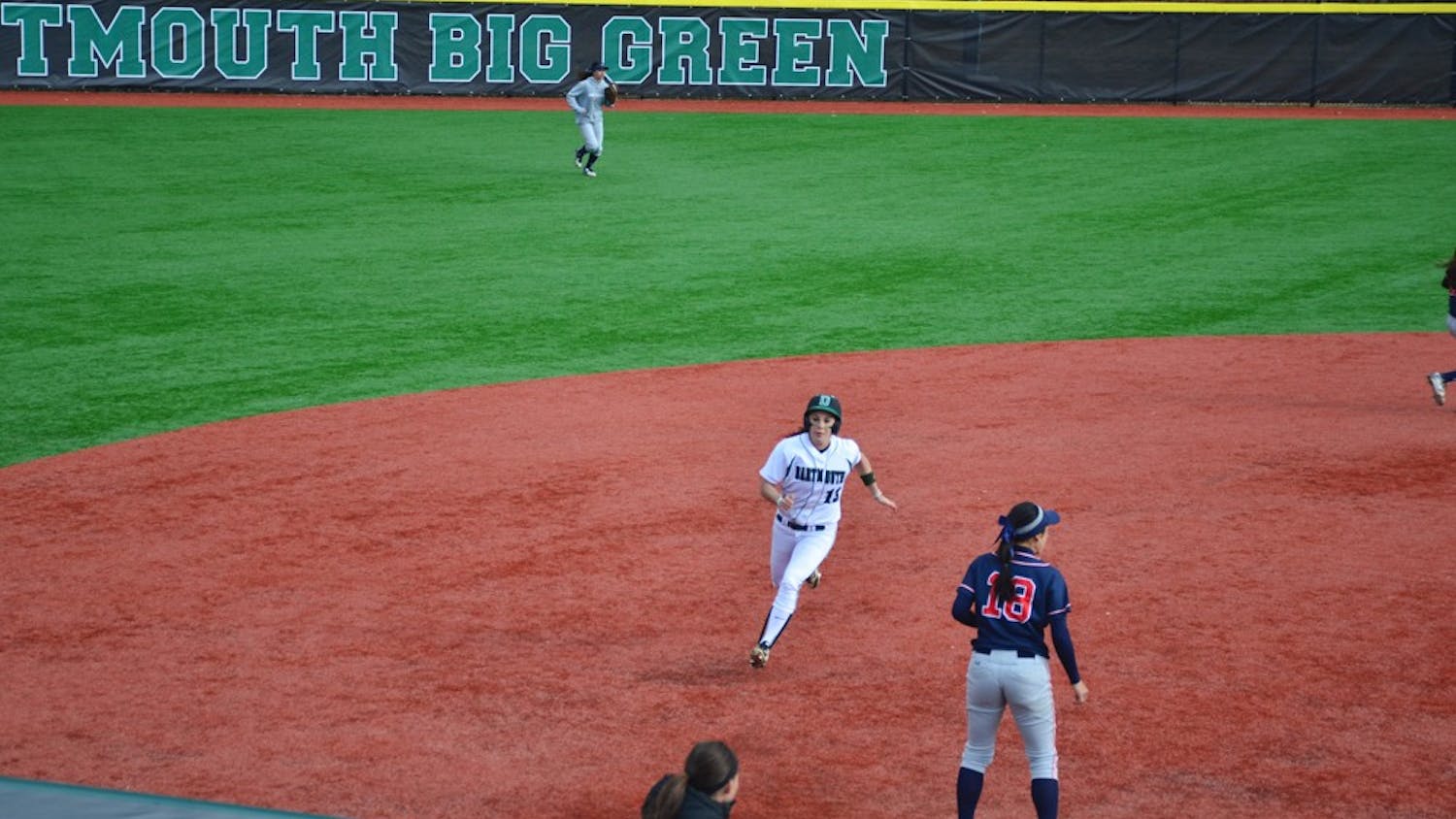Let’s start out with a trivia question: Which sport at Dartmouth has the largest number of athletes?
Well, it turns out the answer is somewhat complicated. Last year, the football team had 119 players, but when you add up the men’s and women’s rowing teams (including both men’s lightweight and heavyweight), they had 130 athletes total.
I have to say that surprised me when I found that out. Granted, it takes a lot of people to row a boat, but I didn’t know it took that many.
Apparently, it takes a lot of people to play lacrosse, too. The two Dartmouth lacrosse teams each have around 40 people, and they’ve had mixed results in recent years. The women have been nationally ranked the past couple of years, but the men have not won a conference game since 2015. (Though to be fair, they were off to a 3-1 start this season.)
I point out these facts not to pick on the rowing and lacrosse teams, but rather to illustrate a larger point: There are a lot of athletes at Dartmouth.
You might already know this, but according to an annual disclosure report filed by the athletics department, Dartmouth had a total of 934 varsity athletes during the 2018-19 academic year. That’s out of 4,311 undergraduates.
In a practical sense, managing nearly 1,000 athletes is no easy task. And if there’s one thing I’ve grown to understand more and more as a sports fan over the years, it’s that sports is first and foremost a business. And there’s a lot of money involved.
Of course, in professional sports, that means making big profits. But at the college level, it’s not really about profit so much as being able to keep all the boats rowing, if you catch my drift.
That’s especially the case at Dartmouth, which has 35 NCAA Division I sports teams. Most of those sports are not exactly profit machines, and it takes a lot of money to operate them.
For example, Dartmouth’s total “game day expenses” (including the cost of home and away games, travel, equipment, etc.) last academic year amounted to $5,949,220, with another $1,080,441 spent on recruiting expenses. And if my math is correct, the College spent about $3.4 million on head coach salaries and $2.8 million on assistant coaches.
To put it frankly, sports is a big business at Dartmouth. And it’s got a big athletics department to match. There’s an athletics director, a deputy athletics director, over a dozen associate and assistant athletics directors, a nutritionist, a psychologist, an eight-person grounds crew, a golf pro, an associate golf pro, a superintendent of the Hanover Country Club, an eight-person fundraising and marketing staff, an eight-person PE staff, seven people in sports information, dozens of coaches and others I likely left out.
Again, I raise this point not to pick on any of these people in particular. I’m not being facetious when I say I’m certain that those individuals are excellent at their jobs and that each of those roles are required to support our athletes effectively. And there’s no doubt other college athletics departments are similar in size.
But what are they doing now?
With no sports for the foreseeable future, I’ve lately not only missed watching games, but I’ve also been wondering about the business side. That’s a lot of money that isn’t being spent on team operations. In Dartmouth’s case, I’m sure the College has lost out on some revenue from things like ticket sales, but I would guess that doesn’t come close to equaling the amount saved in the absence of game day expenses.
Maybe I’m being naive, but is it possible for that money to go somewhere else in the meantime?
Dartmouth, like all other colleges, is facing some financial difficulties these days. There’s a good chance the College will have to cut back on financial aid in the coming years, and if other colleges are any indication, the job security of many staffers on the payroll may be at risk.
As a whole, Dartmouth generates roughly $1 billion a year, with about $6 billion in its endowment. Strangely, Dartmouth, like its peers, does not plan to dig deep into that endowment to prevent the worst of the financial pain.
You may ask, then, what’s the point of having an endowment? College administrators cite something called “intergenerational equity,” which essentially means making sure that Dartmouth has the necessary resources to be a successful institution decades from now.
I’m sure the Class of 2070 will be grateful for that, but I wonder if that has to mean we should make sacrifices in the here and now.
Which brings me back to sports. With all the money that isn’t being spent on game day expenses right now, I wonder if some short-term redistribution may be in order until sports resume. After all, there’s a lot of money in what I call “Dartmouth’s sports endowment.”
Of course, I have no insider knowledge of the athletics budget, and there may be a perfectly legitimate reason why something like that couldn’t happen. Nor am I suggesting that there’s something inherently wrong with the fact that a lot of money is normally spent on sports. I’m a Dartmouth sports fan, and that’s just the way it is.
But right now, there are roughly 130 rowers not rowing. And Dartmouth is not spending roughly $170,000 on baseball, and $350,000 on lacrosse, and so on.
Maybe the College has already thought of this, and if there’s unspent money right now, it’s going where it is needed. I would hope so. Desperate times call for desperate measures.




